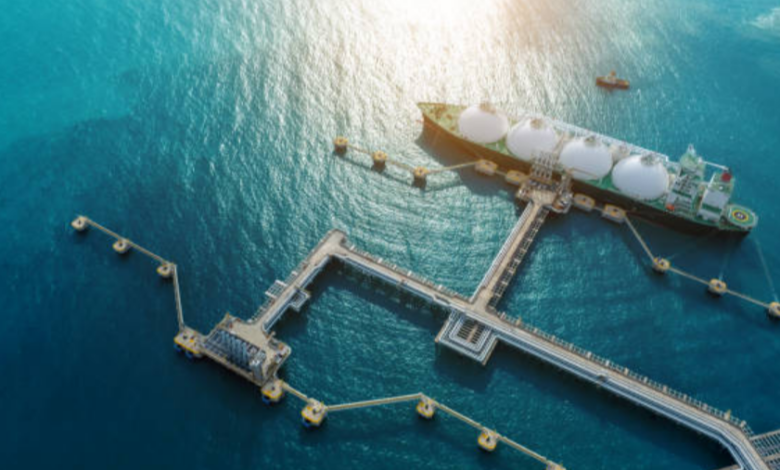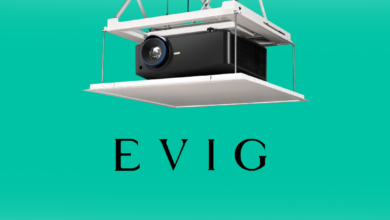How Do Floating Solar & Marine Infrastructure Coexist on Waterfronts?

Coastal areas are always caught in a tug-of-war—gotta keep the lights on, but nobody wants to trash the beaches or choke out the wildlife. So now we’ve got floating solar panels popping up, like these high-tech lily pads. Stick ’em on the water? Boom, you’re saving space on land, squeezing out more juice from the sun, and people can still brag about being eco-friendly.
The thing is, these waterfronts aren’t empty. Docks, harbors, jetties—they’re everywhere. So now there’s this big question: how the heck do you plop down floating solar farms without turning the whole coast into a tangled mess? Marine engineers and planners are basically playing Tetris, trying to fit all this stuff together without screwing up boat traffic, safety, or the local fish. Not exactly a walk in the park, but hey, someone’s gotta figure it out.
The Rise of Floating Solar
Floating solar—yeah, that’s blowing up everywhere lately. People are catching on that sticking panels on water isn’t just about saving space; it’s actually smarter. Water keeps those panels cool, so—bam!—they’re cranking out more juice, sometimes 15% more. Not bad for just floating around. Plus, bonus points: they cut down on water evaporating and slow down that nasty algae gunk.
Of course, you can’t just plop these things anywhere there’s water. Try dropping a solar farm in the middle of a busy harbor and, well, good luck with that. You’ve got to work around docks, boats, all that marine jazz. This is where you really need folks who actually know marine construction—not just some guy with a toolbox and a YouTube degree. Otherwise, you’ll have a mess on your hands and probably some angry boaters, too.
Shared Waterfront Spaces
Waterfronts are a whole circus—ships cruising through, people out for a weekend kayak, fish farms bubbling away, and those gritty old docks doing their thing. Now, throw floating solar panels into that chaos? You gotta be clever. You can’t just plop solar arrays wherever and call it a day; you’ll have angry boat captains honking at you and paddleboarders cursing your name. You’ve gotta find the sweet spots—somewhere they aren’t blocking ships or messing up the docking dance. And then there’s the whole business of anchoring these things.
If you don’t match the anchors and moorings to the weirdness of the seabed or nearby piers, well, good luck keeping your fancy solar farm from drifting into the shipping lane. It’s all about fitting in without screwing up the rest. These considerations make collaboration between renewable energy developers and marine construction professionals critical for success.
Structural and Engineering Challenges
Floating solar? Yeah, it sounds cool until you try to keep those things in one place. If you’re plopping them down on some sleepy reservoir, no big deal—just anchor ’em and call it a day. But toss them out near the coast or somewhere with tides, and suddenly you’re fighting waves, gnarly currents, and the occasional “whoops, there goes your million-dollar project” storm.
So, engineers have basically raided the marine builder’s playbook—stuff like pile driving, throwing down rocks to stop the water from chewing up the ground (scour protection, if you wanna get fancy), and building breakwaters to keep things calm. But it’s not just about slapping these floating panels wherever you want. They gotta make sure the whole thing doesn’t get flipped or washed away every time the weather gets cranky. Oh, and try not to wreck the stuff that’s already there—nobody wants floating solar if it means wrecking a dam or a dock. Real balancing act, honestly.
Environmental Compatibility
Floating solar? Yeah, it sounds cool until you try to keep those things in one place. If you’re plopping them down on some sleepy reservoir, no big deal—just anchor ’em and call it a day. But toss them out near the coast or somewhere with tides, and suddenly you’re fighting waves, gnarly currents, and the occasional “whoops, there goes your million-dollar project” storm.
So, engineers have basically raided the marine builder’s playbook—stuff like pile driving, throwing down rocks to stop the water from chewing up the ground (scour protection, if you wanna get fancy), and building breakwaters to keep things calm. But it’s not just about slapping these floating panels wherever you want. They gotta make sure the whole thing doesn’t get flipped or washed away every time the weather gets cranky. Oh, and try not to wreck the stuff that’s already there—nobody wants floating solar if it means wrecking a dam or a dock. Real balancing act, honestly.
Looking Ahead
With everyone freaking out about clean energy, floating solar is about to have a real moment—especially out on the coast. We’re talking wild new tech: bendy solar panels, floating docks that can handle a nasty storm, and AI stuff keeping an eye on everything like a hawk. It’s cool, but it also means marine engineers have their work cut out for them. I mean, how do you slap solar panels onto the water without ticking off the shipping guys or messing with the local fishing scene? Not exactly a walk in the park.
The thing is, if folks actually work together—engineers, business people, environmentalists, maybe even the odd politician—you could end up with waterfronts that look less like industrial wastelands and more like the poster child for green living. Imagine places where solar panels, shipping, and fish all get along. Yeah, it’s possible. Wild, right?
Conclusion
Floating solar and old-school marine infrastructure don’t have to be at each other’s throats. With some brains and a bit of planning, these projects could actually beef up energy security, give the economy a boost, and not trash the planet in the process. If coastal development keeps trending this way, we might actually see coastlines that can take a beating from the weather and still come out looking pretty sharp. Here’s hoping the future’s as bright (literally) as these solar panels.

